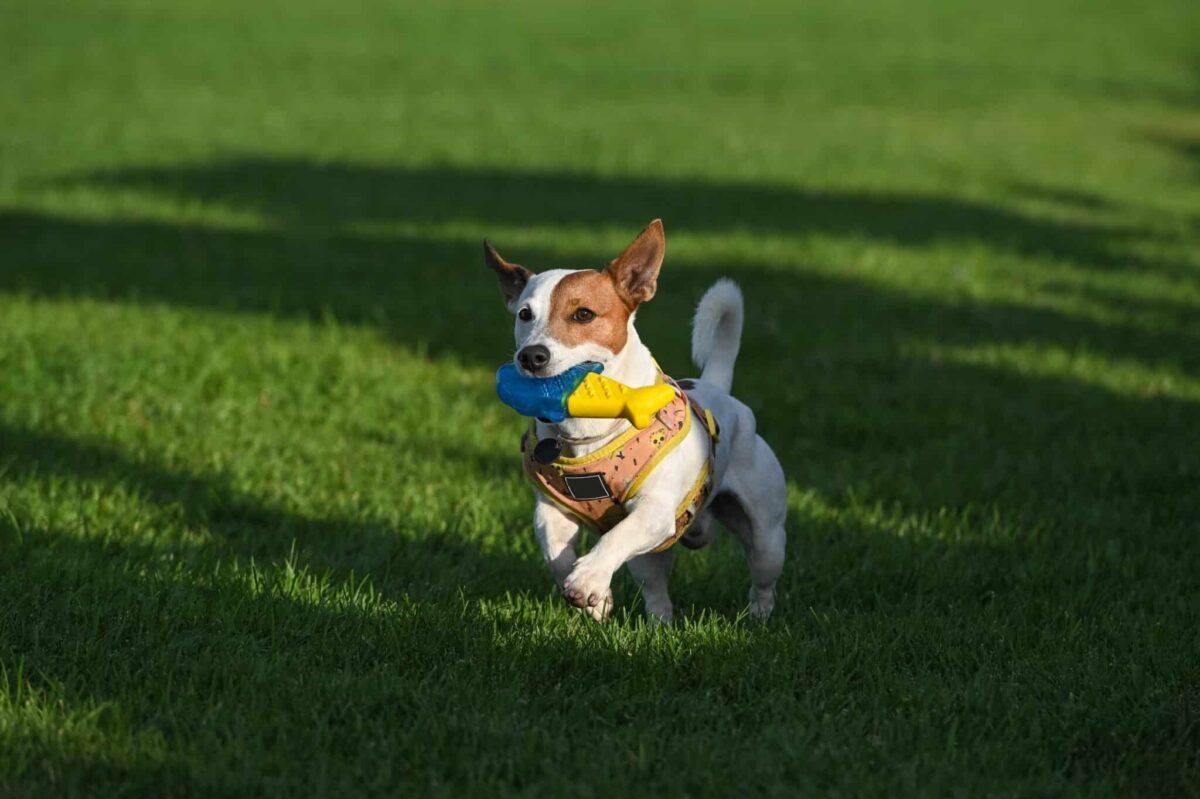end.
Dogs are wonderful companions, but they can sometimes display behaviors that are unwanted or even dangerous. In these situations, using a dog training collar can be a valuable tool for modifying their behavior. These collars come in different types and are designed to help train your dog to behave appropriately in various settings. In this article, we will discuss the benefits of using a dog training collar for behavior modification.
1. Helps with Remote Training
One of the primary benefits of using a dog training collar is that it enables remote training. This means that you can correct your dog’s behavior from a distance, rather than having to be right next to them. This can be particularly useful in situations where your dog is off-leash or is engaging in undesirable behaviors at a distance.
2. Provides Consistent Correction
Dog training collars provide consistent correction, which is essential for effective training. Dogs learn through repetition, so it is important to provide consistent feedback when they exhibit undesirable behaviors. A training collar can be used to give consistent corrections for behaviors such as jumping, barking, or pulling on the leash.
3. Offers Different Levels of Stimulation
Most dog training collars offer different levels of stimulation, ranging from mild to more intense. This allows you to customize the correction to suit your dog’s individual temperament and training needs. Some dogs may only require a mild correction, while others may need a stronger stimulus to deter unwanted behaviors.
4. Can be Used for Positive Reinforcement
In addition to discouraging undesirable behaviors, dog training collars can also be used for positive reinforcement. Many collars come with a vibration or tone feature that can be used to reward your dog for good behavior. This can help reinforce positive behaviors and strengthen the bond between you and your furry friend.
5. Helps with Recall Training
Recall training is essential for ensuring your dog’s safety, especially in situations where they might be in danger. A dog training collar can be a valuable tool for teaching your dog to come when called, even in distracting environments. The collar can provide a gentle reminder to your dog to return to you when they are off-leash.
6. Offers a Versatile Training Tool
Dog training collars are versatile tools that can be used in a variety of training scenarios. Whether you are working on basic obedience, addressing specific behavior problems, or teaching advanced commands, a training collar can help you achieve your training goals. It is important to follow the manufacturer’s instructions and seek professional guidance if needed to ensure safe and effective training.
7. Can Improve Communication with Your Dog
Using a dog training collar can improve communication between you and your dog. The collar can help signal to your dog when they are exhibiting undesirable behaviors, allowing you to provide timely corrections and guidance. By using clear and consistent signals, you can help your dog understand what is expected of them and build a stronger bond based on trust and mutual respect.
8. Can Enhance Safety and Control
In situations where your dog’s behavior poses a safety risk, a training collar can be a valuable tool for maintaining control. Whether your dog tends to chase after cars, jump on strangers, or lunge at other animals, a training collar can help you prevent potentially dangerous situations and keep your dog safe. It is important to use the collar responsibly and prioritize your dog’s welfare at all times.
In conclusion, using a dog training collar can be a valuable tool for behavior modification and training. These collars offer a range of benefits, including remote training, consistent correction, versatile use, and improved communication with your dog. When used responsibly and in conjunction with positive reinforcement techniques, a training collar can help you address unwanted behaviors and build a stronger bond with your furry companion.
FAQs
Q: Are training collars safe for dogs?
A: When used correctly and responsibly, training collars are generally safe for dogs. It is important to follow the manufacturer’s instructions and seek professional guidance if needed to ensure safe and effective training.
Q: Can training collars harm my dog?
A: Training collars are designed to provide a mild and humane correction to discourage unwanted behaviors. It is important to use the collar responsibly and avoid using excessive force or prolonged stimulation.
Q: How do I choose the right training collar for my dog?
A: There are different types of training collars available, including shock collars, vibration collars, and spray collars. It is important to consider your dog’s temperament, training needs, and the specific behaviors you are targeting when choosing a training collar.
Q: Can I use a training collar as a substitute for proper training?
A: Training collars are most effective when used as part of a comprehensive training program that includes positive reinforcement techniques, consistent practice, and clear communication. It is important to prioritize your dog’s welfare and seek professional guidance if needed to address behavior problems effectively.











